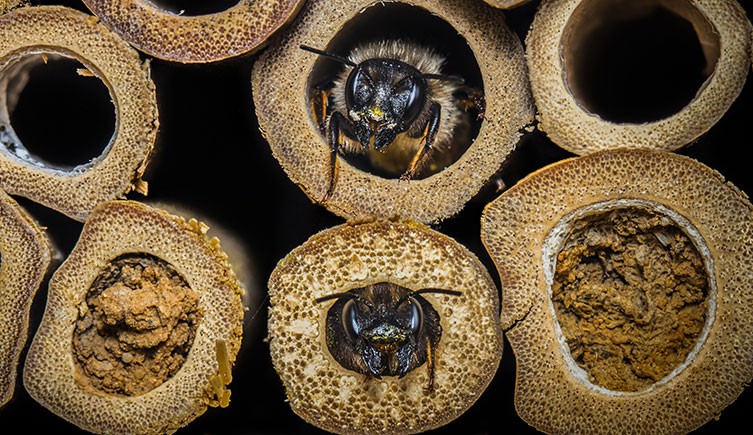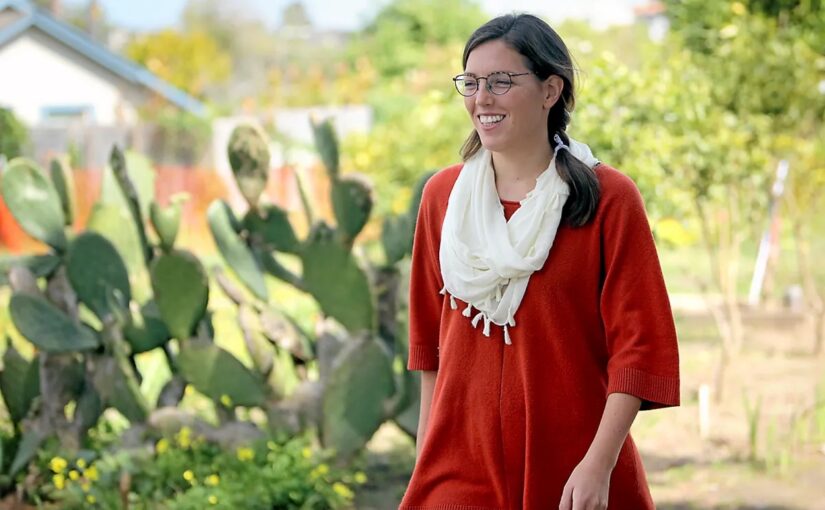I wanted to share a new study that came out this week in the journal Science. We generally agree how important bees, butterflies, and other pollinators are, not only for our crops but for the health of ecosystems as a whole. Yet, despite decades of awareness, pollinator numbers continue to decline worldwide. Dr. Gabriella Bishop used a meta-data approach in this study to examine why pollinators are struggling. The study concluded that current conservation targets for habitat area are simply not large enough.
The project combined datasets from 59 studies across 19 countries to measure how populations of wild bees, bumble bees, hoverflies, and butterflies respond to natural habitat around farms. I was fortunate to contribute some of my previously collected data on pollinator communities in the California Central Valley and be included as an author. Overall, by combining datasets, Dr. Bishop had information on 178,000 insects collected from 1,200 field sites, which allowed for the calculation of the minimum amount of habitat each group needs.
Many global and regional policies, like the EU Biodiversity Strategy, suggest setting aside about 10 percent of farmland as habitat for pollinators. But Dr. Bishop found that pollinators need far more space to thrive. The minimums vary group, with solitary bees needing ~16% in temperate areas and ~38% in the tropics. Butterflies needed ~37%. Hoverflies were more flexible, with the lowest threshold for habitat requirements at ~6%). Overall, this means hedgerows, woodlots, meadows, and wildflower-rich grasslands must make up a much larger share of the landscape if we want to halt pollinator declines. And critically, these areas need to be managed for the long haul. Short-term fixes such as seasonal wildflower strips can provide temporary boosts, but they do not sustain pollinator populations in the long run.
For gardeners and land stewards, the message is clear. Every patch of habitat counts, but scale does in fact matter. Planting flowers that bloom across the seasons is important, but so is maintaining semi-natural spaces for decades, not just years. If we want future generations to enjoy these insects, we must think BIGGER.


